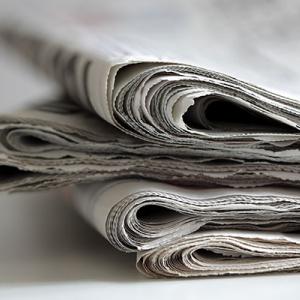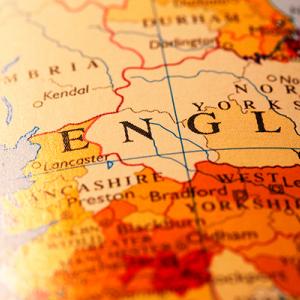Almost £200m could have been cut from the cost of buying new trains in Britain over the past two decades if the orders had been planned better, according to Network Rail.
The operator of Britain’s railways says that savings could be made when purchasing the next generation of vehicles if the industry and government worked closely together.Three large procurement programmes will take place in the next few years, for long-distance trains as well as vehicles for the cross-London Thameslink and Crossrail projects.
The report, Network RUS: passenger rolling stock, published today, finds that the cost of buying and maintaining the trains on the network is £1.8bn per year, 15% of the railways’ annual running costs. There are 12,000 vehicles on the network today, including 5,000 that have been introduced since privatisation in 1996.
However, since 1998, 20% of average procurement costs – which currently total £937.5m – could have been saved if there had been continuity of train orders.
Reducing the number of train types in use could also reduce costs, the report said. As much as £75m of the average procurement cost is spent developing bespoke trains for Britain, a cost which could be cut by using standardised trains to exploit the economies of scale of manufacturers. The report recommends that just three types of train be procured, a decrease from the 64 classes being used today. Phasing in new orders could also save significant amounts.
Paul Plummer, director of planning and development at Network Rail, said: ‘The rail industry must cut its costs and it is clear that the prize of big savings is within our reach if we work more closely together. The design and procurement of the next generations of trains is an area where we can demonstrate this.
‘The rail industry has just launched the new Rail Delivery Group to drive through greater efficiencies. This group will take the lead on the changes we need to make, so that passengers in the future will not only have better trains, but better value ones too.’





















